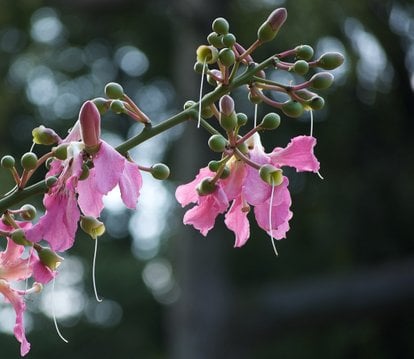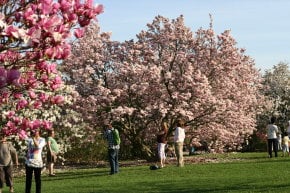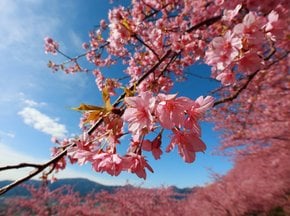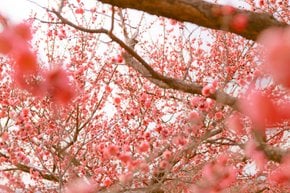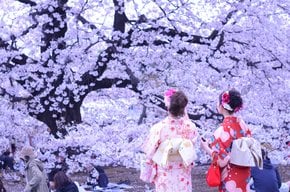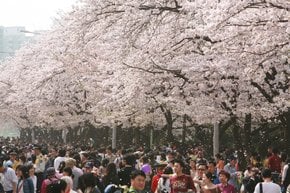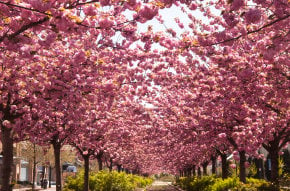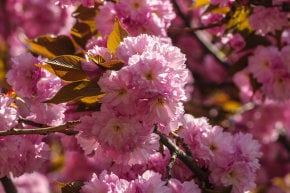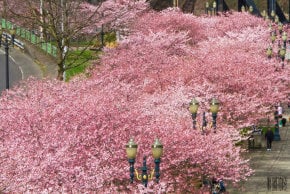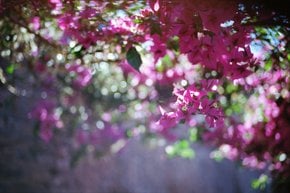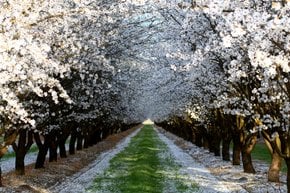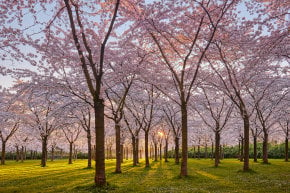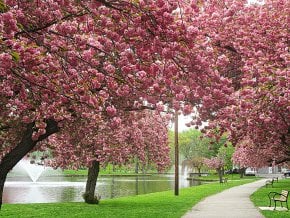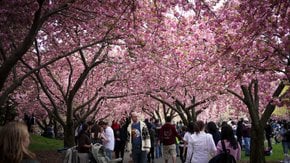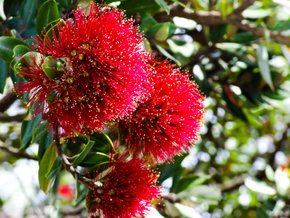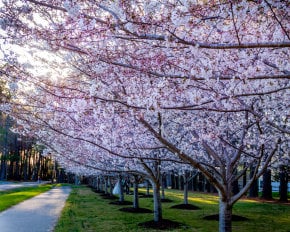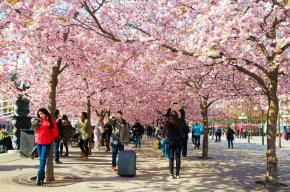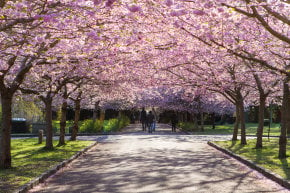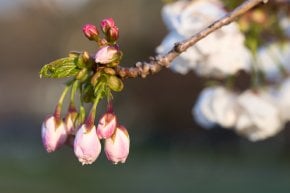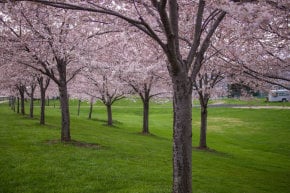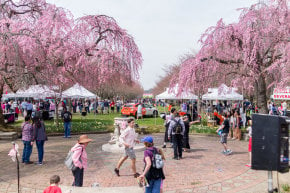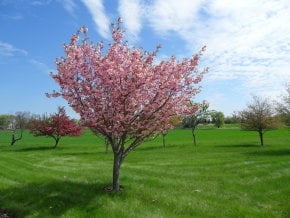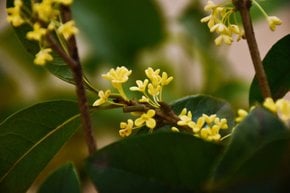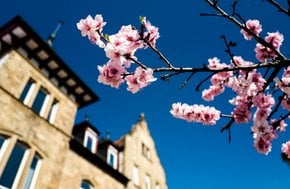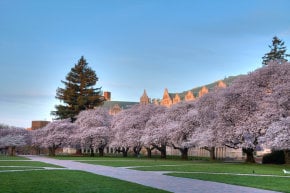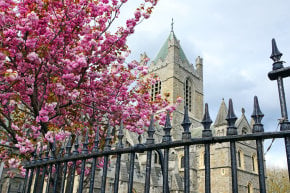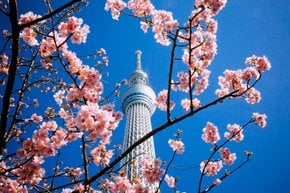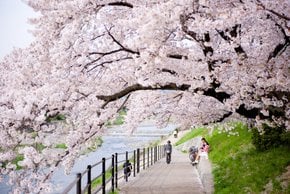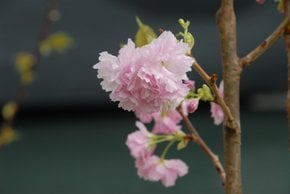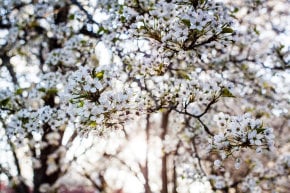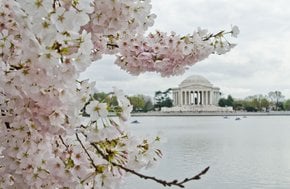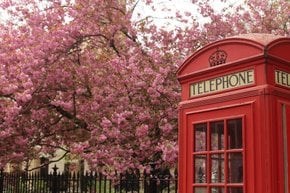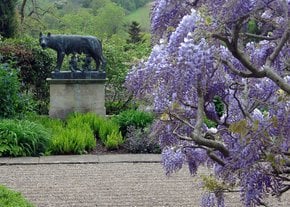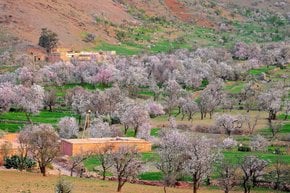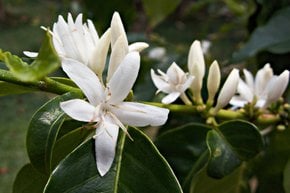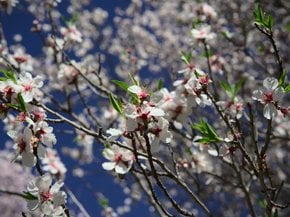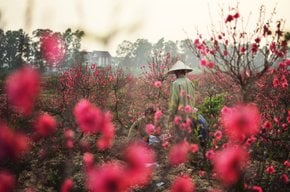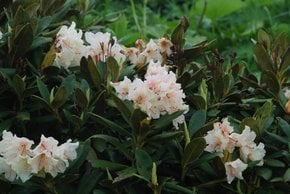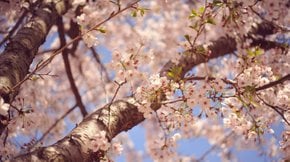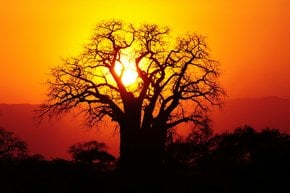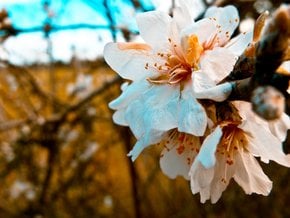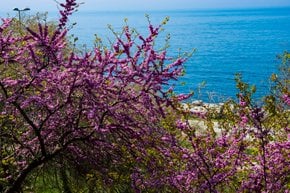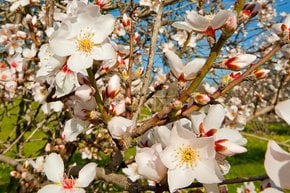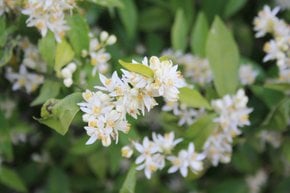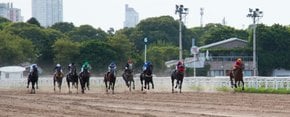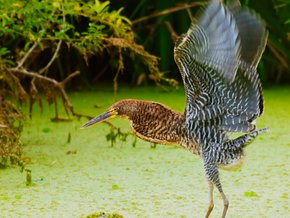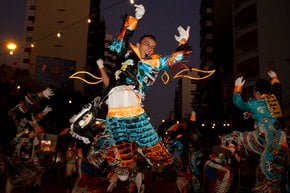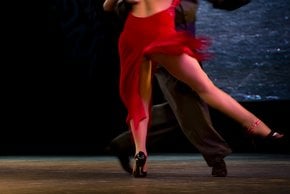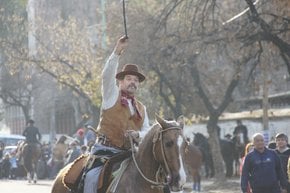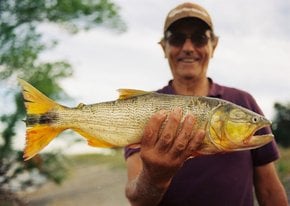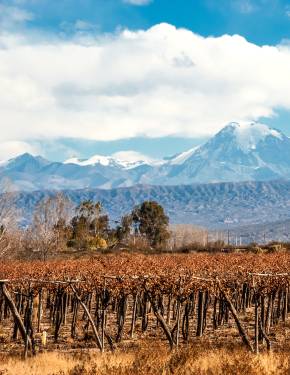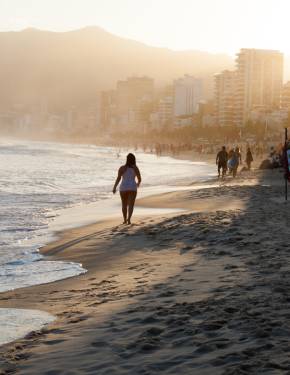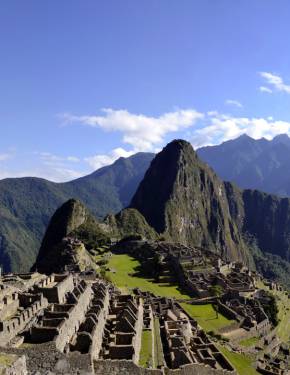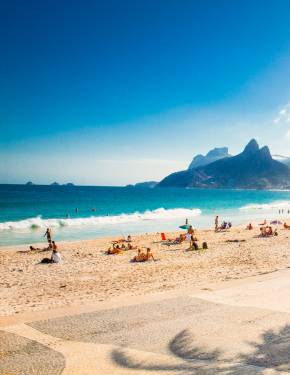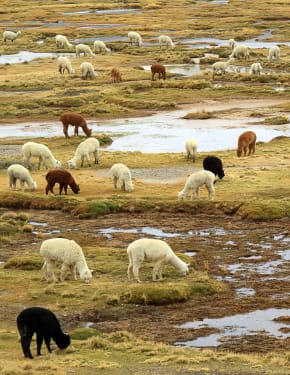Palo Borracho Bloom in Buenos Aires 2026
An unusual tree that grows in Buenos Aires and is called the "drunken tree"
Best time: January–April
The silk floss tree (Ceiba speciosa), also known as paineira in Brazilian Portuguese and palo borracho or toborochi in Bolivia, is a striking deciduous tree native to subtropical South America, including Argentina, Paraguay, Uruguay, and Brazil. Its name, "palo borracho," translates to "drunken tree" in Spanish, referring to its distinctive swollen trunk, which resembles a bottle or a "beer belly," as described by Argentinians.
Blooming Season
From January to April, the tree bursts into bloom with large, lily-like flowers measuring 10–15 cm in diameter. These stunning blossoms, which can be bright pink, yellow, or white, create a striking contrast against the tree’s green foliage. Despite their impressive appearance, the flowers are completely odorless.
Buenos Aires Locations
The Palo Borracho tree is widespread in South America and is commonly found in the streets and parks of Buenos Aires. These beautiful trees can be found in many popular spots, including Plaza San Martin, Plaza Honduras, and Parque Tres de Febrero. Tourists can also visit neighborhoods such as Palermo and Recoleta, which have lovely parks and streets with stunning Palo Borracho trees.
Palo Borracho Tree Uses
The silk floss tree stores water in its swollen trunk to survive dry conditions. Young trees have sharp spines to deter herbivores, which become less prominent with age. Its striking pink and white flowers bloom before shedding leaves, creating a stunning display. Some indigenous communities consider the tree sacred, linking it to fertility, while its flowers are used in traditional medicine for their anti-inflammatory properties. In Buenos Aires, its unique beauty enhances urban landscapes.
Other Trees
Buenos Aires is famous for its green spaces, which feature unique trees indigenous to Argentina and other South American countries. The Jacaranda tree is a popular tree known for its blue-flowered trumpet-like blossoms. The city is also home to other striking trees, such as the Ceibo, the national flower of Argentina, and the large Ombu evergreen tree, which can reach up to 15 meters in height. Each tree provides the city with a singular and incredible beauty.

